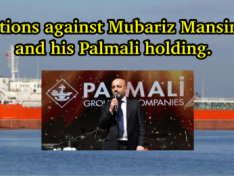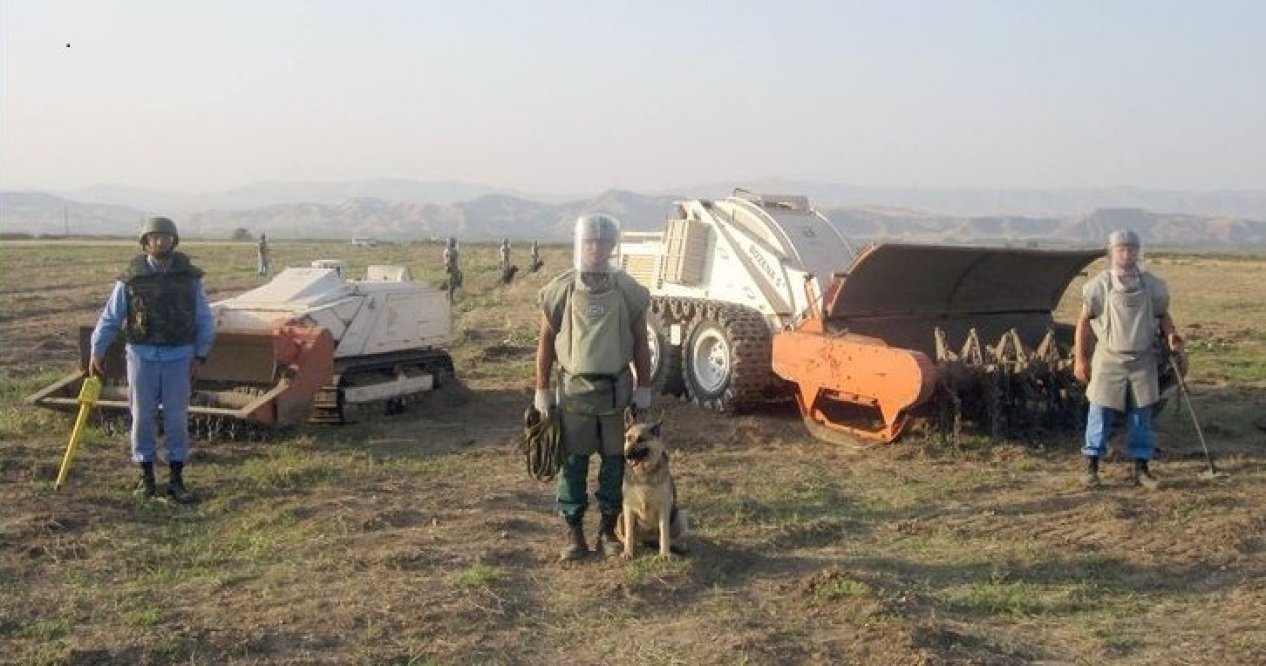
Calculations based on international methodologies show that the resources spent on demining are many times higher than the cost of mining, executive director of Azerbaijan’s Center for Analysis of Economic Reforms and Communication (CERAC) Vusal Gasimli said. He noted that Azerbaijan's acquisition of minefield maps from Armenia will decrease the costs and eliminate human and other possible losses. As an example, he noted that the cost of clearing mined areas in Bosnia was 3 manat per square meter, in Croatia - 5.1 manat per square meter.

On July 3, 2021, at the initiative of Russia, Armenia provided the Azerbaijani side with maps of about 92,000 anti-tank and anti-personnel mines planted in the Fuzuli and Zangilan regions. As a humane step, the Azerbaijani side returned to Armenia 15 people of Armenian origin who were sentenced to imprisonment and whose sentences have expired. Earlier, in exchange for the return of 15 Armenian servicemen by Azerbaijan on June 12, 2021, Armenia provided the Azerbaijani side with maps of 97,000 anti-tank and anti-personnel mines in the Aghdam region.

Experts say this will allow Azerbaijan to clear the mined areas of Karabakh faster and at a lower cost. The experts of the Mine Action Agency of Azerbaijan (ANAMA) forecast that it will take 5-6 years to neutralize unexploded ordnance and 10-13 years to clear mines before the maps were obtained. The agency didn’t release a new forecast after obtaining a map of the mined areas in the three districts, but in any case, experts believe that the process will be cheaper, safer and faster.
In general, during the occupation of Karabakh, the Armenian side planted a large number of anti-personnel and anti-tank mines in various areas. In fact, this is confirmed by the number of landmines planted in Agdam, Fuzuli and Zangilan. According to maps obtained from Armenia, 97,000 mines were buried in Agdam, 92,000 in Fuzuli and Zangilan districts. This means a total of 189,000 mines.
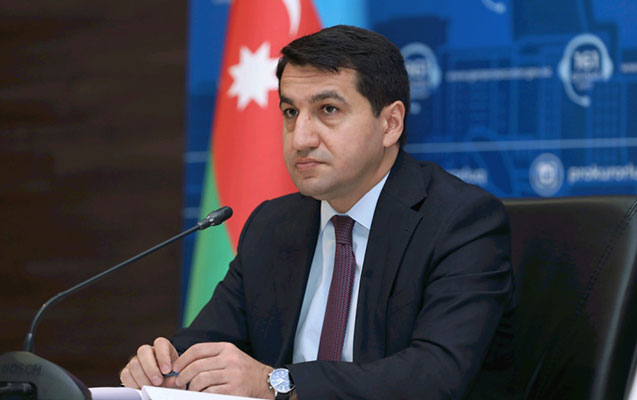
Azerbaijani presidential aide, Head of the Foreign Policy Department of the Presidential Administration Hikmet Hajiyev, in an article published in The Washington Times, noted that Karabakh is the most intensively mined area in the world. He noted that explosives have been planted on more than 1.5 billion square meters along the line of contact, which has existed since the First Karabakh War.
There are even areas in Karabakh where 100-150 mines are neutralized from a 30-meter-wide mine line. The statement came from Madad Mammadov, mine clearance operations manager. He said that there are 7-8 mine lines in the 200-meter-wide area on the front line.
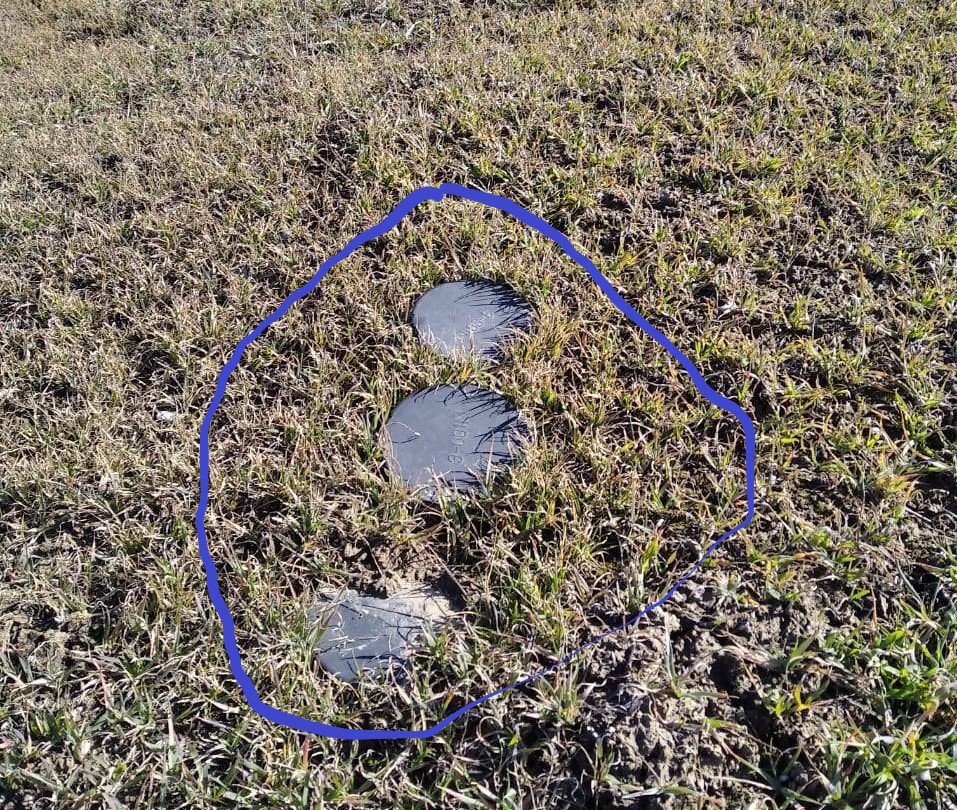
Russian political scientist Oleg Kuznetsov, citing military experts, said that Armenians buried 4-5 million mines in Karabakh during the occupation. According to Russian media, the Armenian side spent $340 million on the mining process in Karabakh.
Chairman of the Azerbaijan Public Union for Anti Mine Campaign Hafiz Safikhanov said that a map of mined areas is important for the process to be completed quickly, safely and at a lower cost. He noted that the search and neutralization of mines is a costly and time-consuming process. Thus, the production of a mine at the plant costs $3-30, but its discovery and disposal require up to $300-1,000. Ukrainian military expert Mikhail Zhirokhov also estimates that the detection and demining may cost from $1,000 to $ 5,000.
By the way, according to the BBC Landmine Monitor Report, a joint study of the Azerbaijani government and the World Bank in 2007 revealed that $600 million was needed to clear the occupied territories of mines. According to the publication, the total area of mined areas in Karabakh can range from 350 square kilometers to 830 square kilometers.
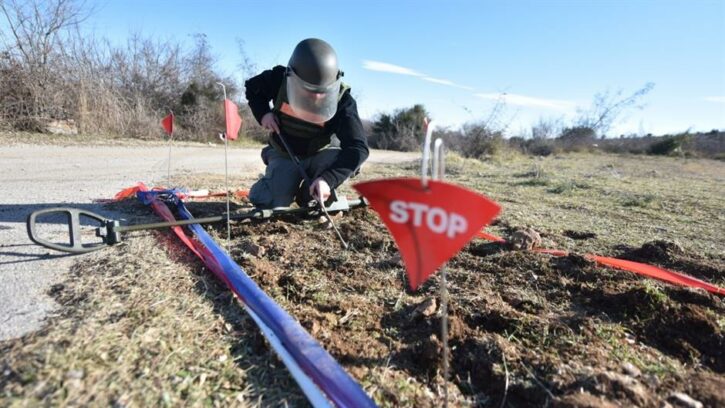
The experience of countries with mined territory proves that the process requires a lot of money. For example, from 1995 to 2018, Croatia spent 743 million euros on demining operations. However, the cleaning process is not yet complete in more than 400 square kilometers. Although the authorities announced that the process would be completed in 2019, they later admitted that this would not be possible. Thus, the demining process in Croatia has been extended until March 1, 2026. This resulted in an increase in the number of dead and injured. After the war, 595 people were hit by landmines in Croatia, 203 of them died.
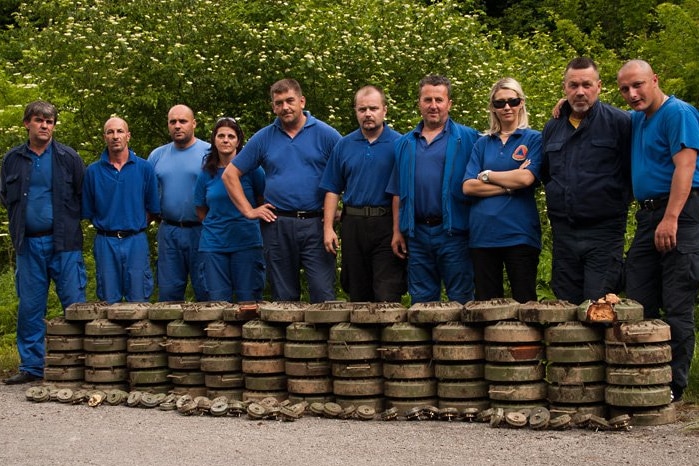
Bosnia and Herzegovina
Bosnia-Herzegovina has also been involved in demining operations for many years. But it remains one of the most mined countries in the world. More than 3,000 square kilometers have been cleared of mines since operations began in 1996. Over the past period, 1,750 people have been hit by landmines, 612 of them have died. According to official figures, 2.2% of the country is still at risk of landmines.
According to some estimates, about 80,000 unexploded ordnance remain in the country. Between 2009 and 2016, 338 million euros were allocated for mine clearance operations in Bosnia. 169 million euros of these funds were spent to solve the problem. Although it was announced that the whole country will be cleared of mines by 2019, this was not possible. It is said that the process will last until 2024-2025 at best. For this, 168 million euros are needed. Authorities said the delay was largely due to a lack of funding.
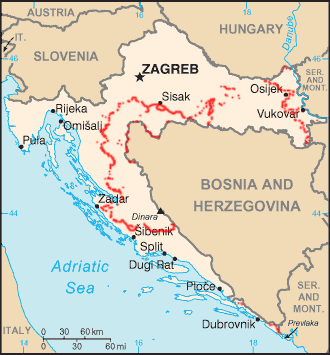
The delay in the demining process in both countries is mainly due to the irregular burial of mines during the war, lack of funding, difficult relief, and the fact that some areas got covered with forests over the years.
Ukraine doesn’t have a scheme of mined areas, either, especially mines buried on the line of contact. Vadym Chernysh, the country's Minister for Temporarily Occupied Territories and IDPs, said that $800 million will be needed to clear the area of mines.


